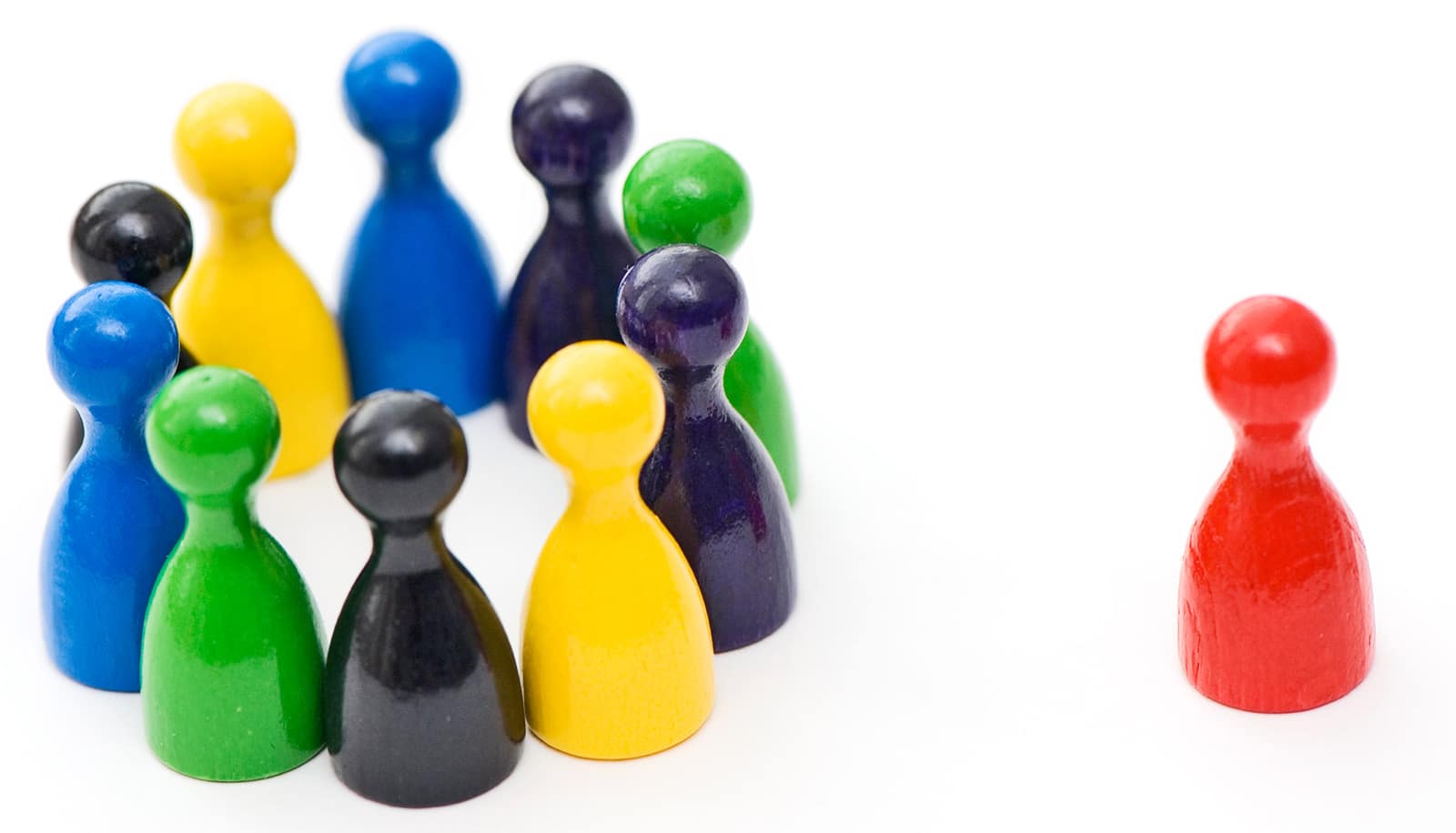Even children as young as nine may carry a prejudice against peers who are overweight—and might not even realize they feel that way.
The study could serve as a starting point for further studies on implicit weight bias in children, experts say.
“When children are stigmatized for being overweight, it can cause further weight gain and other health consequences,” says Asheley Skinner, associate professor of medicine at Duke University School of Medicine and lead author of the study in the journal Pediatrics.
“The main takeaway is that weight bias and a preference for thin people appears to start at a fairly young age.”
“Given that, we felt that it was important to determine if we could identify unconscious attitudes towards weight in this 9-to-11 age group.”
The study included 114 children. Researchers used a method, called the Affect Misattribution Procedure, that primes subjects by using quick flashes of a series of carefully selected images that depict the study topic, juxtaposed with neutral images. It’s the first time the method has been used to consider attitudes that children have about weight.
The image used to measure bias showed a child engaging in an activity that was either related or unrelated to weight, like running or participating in class. Photographs alternately showed children involved in the activities who were either healthy weight or overweight, but were otherwise similar.
Study participants first viewed an image of a child engaging in an activity, followed by a neutral, abstract image. They then rated the abstract image “good” or “bad.”
After study participants saw the photographs, they were shown a neutral, abstract image, and asked to rate it as “good” or “bad.” On average, participants rated 64 percent of the abstract images preceded by images of children who were healthy weight as “good,” but did so for only 59 percent of second images preceded by children who were overweight, a difference that was statistically significant among the participants.
In the absence of bias, the researchers suggest that there would have been equal percentages of “good” ratings, since the preceding images of children performing the same activity were similar except for weight. The gap between “good” ratings therefore represented an overall implicit bias rate of 5 percent against the children who were overweight.
Previous studies by Keith Payne of the University of North Carolina at Chapel Hill, a coauthor of the current study, have measured similar rates of implicit racial bias among adults. In the new study, participants who were healthy weight had higher rates of implicit bias than those who were underweight or overweight.
“The main takeaway is that weight bias and a preference for thin people appears to start at a fairly young age,” Skinner says. “Knowing that this kind of implicit bias exists among children this age allows us to potentially be more aware of the unintended ways that children who are overweight might be stigmatized.”
Getting kids to run around would save the U.S. billions
“Implicit bias is important because it may underlie decisions among children about friendship, participation on sports teams, and even bullying,” adds senior author Eliana Perrin, professor of pediatrics at Duke. “It’s essential to raise awareness about this kind of bias because it can have real consequences for children.”
The National Institutes of Health/National Cancer Institute funded the work.
Source: Duke University



